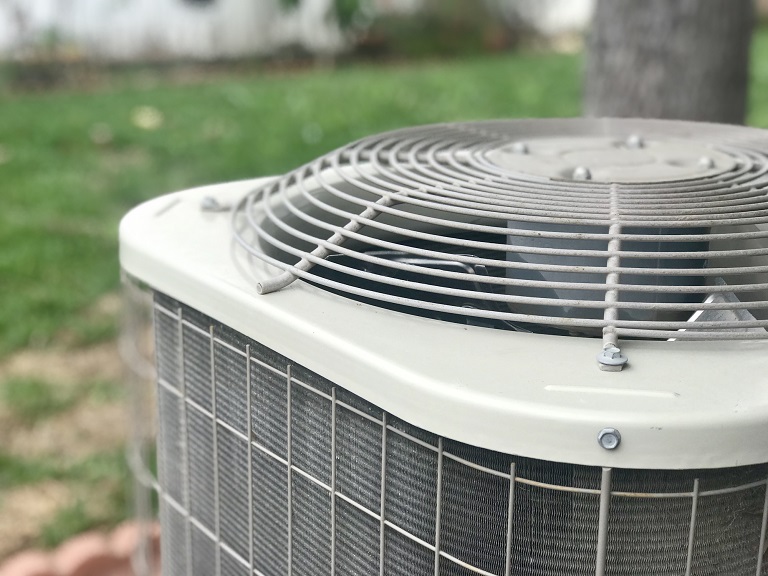
What you’ll pay in Columbus, OH, for furnace repairs depends on many factors. Here’s a breakdown of what can go wrong and the cost to fix those issues.
Eliminate room-by-room temperature swings with zone heating


Your home's hot water heating, also called the radiant heat system, is an engineering marvel. With the boiler at its heart, radiant heat works by heating objects in the room instead of the air. But, the system can sometimes leave some areas of the house colder than others due to long plumbing runs and other variables.
Sometimes a plumber will suggest replacing some plumbing as a remedy. However, adding zone heating to your radiant system may actually be the answer you’re seeking. After all, forced-air system zoning is common. Why not radiant zone heating?

To start, make sure you remove all the water from the system.
Turn off the gas to the boiler.
Check that the water-fill valves are closed.
Turn off the electrical power to the boiler at the circuit breaker panel and boiler’s switch.
Drain the water from the entire boiler system. You may need to use a portable transfer pump if a convenient drain isn’t available.

The best location for zone valve installation is on the return side of the boiler plumbing.
With a pipe tubing cutter, cut the copper boiler-water return pipes at the boiler inlet and at the point where the lines come close together above the boiler. At this section, you may need to remove the water-return shut-off valves.
With a pipe wrench (or two), remove the copper or galvanized pipe down to the fitting nearest the boiler’s return inlet. Leave the fitting in place for reuse.
Before setting aside the old plumbing, you can use it as a template to build the new plumbing system. If configuring pipe lines feels a little advanced, consider calling a local plumbing professional for help with this step.
Build new return plumbing return lines with copper tubing pipes.
Install one zone valve on the return plumbing for each new heating zone. Remove the electronic control (head) before soldering.
Install a new shut-off valve on each zone return plumbing.
Screw a new threaded brass fitting into the boiler’s inlet fitting. Use pipe thread compound (pipe dope) when installing.
Solder all pipe fittings and valves in place using Mapp gas (a gas widely used for welding).

Each new zone requires a wireless thermostat. You can also use a smart thermostat with remote sensors. Follow the manufacturer's instructions for installing them in zoned configurations. Wired thermostats also work well. However, running the wire is prohibitive.
Choose a location five feet from the floor in each zone for the thermostat. Stay away from windows, sunlit areas, or drafty spots that could affect the reading.
Attach each thermostat to the wall in its designated location. Use plastic wall anchors if you need to.
During this step, keep track of which thermostat controls each zone valve. Depending on your system, the following steps may require you to add transformers or other devices to operate or meet National Electrical Code requirements.
Install a wireless thermostat receiver module following the manufacturer’s instructions and NEC requirements.
Wire the receiver to the new zone valve control module.
Install the zone control heads on each zone valve.
Wire the zone valve control module to each zone valve.
Just a few more steps until you can enjoy your new zoned heating.
Refill the boiler and radiator system following your system's specific requirements.
Turn the electrical power to the boiler back on.
Ignite the burner’s pilot light if your boiler doesn’t have an ignition device.
Adjust and set the new thermostats to your desired temperatures.
Adding 2-zone, zoned heating to your existing hot water boiler system yourself costs approximately $1,500 to purchase everything you’ll need for success. Expect an additional $350 per zone if you’d like to add more zones.
This project isn’t one that we recommend for beginners, however. If you’d enjoy the comforts of zoned heating but would rather skip the demands of DIY installation, your local heating and cooling expert has your back.
Sara Coleman contributed to this article.
From average costs to expert advice, get all the answers you need to get your job done.

What you’ll pay in Columbus, OH, for furnace repairs depends on many factors. Here’s a breakdown of what can go wrong and the cost to fix those issues.

Springing for HVAC maintenance costs may seem like an extra—and easy-to-ignore—item on your checklist, but it will save you money in the long run.

Whole-house humidifier costs vary based on the type and size of the unit, along with other factors. The price might be worth it for people living in dry regions.

Discover the average air handler replacement cost, including labor and materials, plus expert tips to help you budget and save on your HVAC upgrade.

Ductwork losing energy? Here are six duct sealing methods that will help you get some big savings on your monthly energy bills.

Take several factors into consideration when upgrading your HVAC system. Our guide will help you choose the right HVAC upgrade.